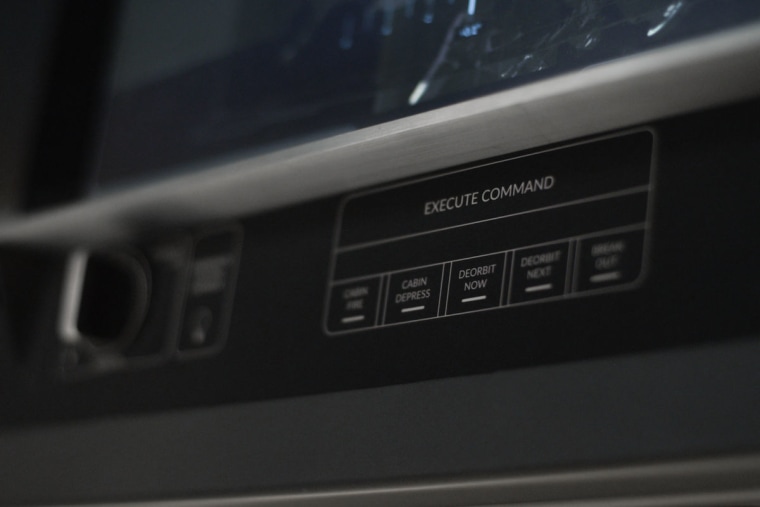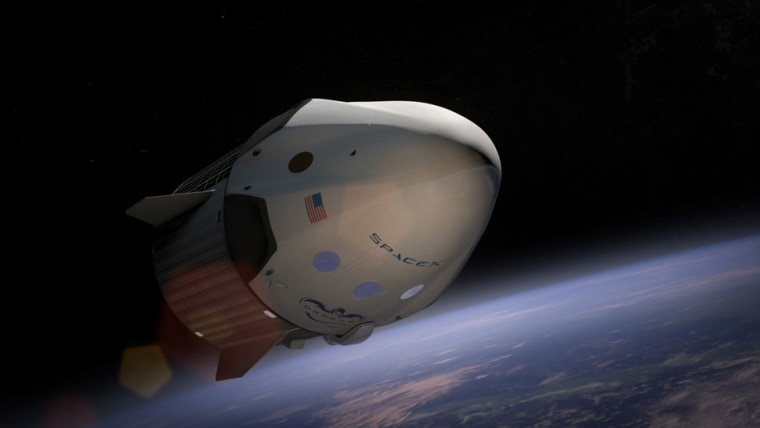SpaceX has shared scant details about its newly announced plan to send private citizens on a trip around the moon late next year.
The company hasn't disclosed the space tourists' identities or said how much they'll pay for the chance to buzz the moon and go far beyond before returning to Earth. Nor did SpaceX say exactly what training the tourists will undergo or how they will occupy themselves during the week or so between lift-off from Kennedy Space Center's near Cape Canaveral, Florida and their return to Earth.
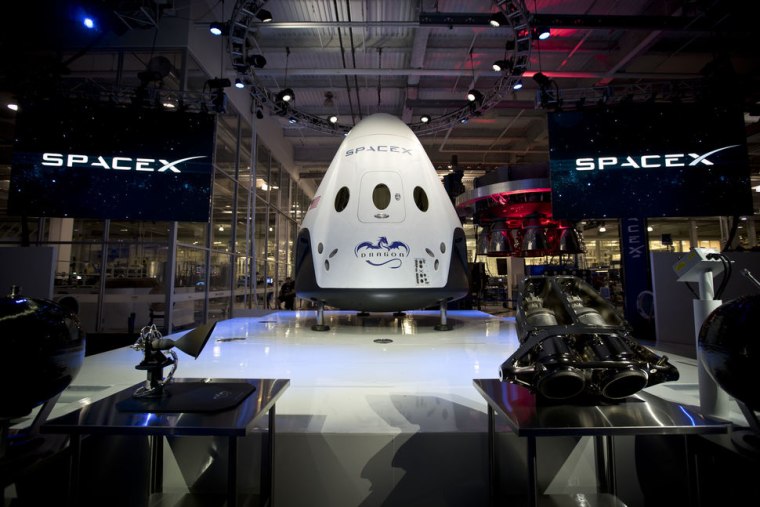
But no matter what, the tourists are in for an experience almost beyond imagining.
So says Richard Garriott, an Austin, Texas-based video game entrepreneur who in 2008 became one of only a tiny handful of private citizens to go into space when he spent 12 days in low Earth orbit aboard the International Space Station.
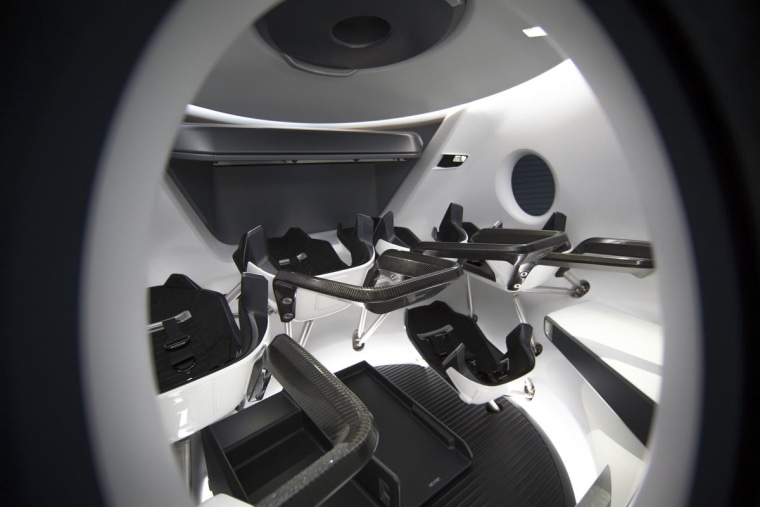
"I can tell you first-hand that orbiting the earth at 17,000 MPH is a life-changing event," Garriott told NBC News MACH in an email. "But I can hardly imagine traveling from a modest 250 miles above the earth to the moon some 240,000 miles away. Watching the earth recede into the distance to become a pale blue dot and then arriving for a close pass across the back side of the moon before being slingshot back at the earth will be an experience far beyond my own."
The Crew Dragon space capsule that will carry the tourists reportedly will operate on autopilot, with the mission monitored by a team at SpaceX's mission control facility in Hawthorne, Calif. So presumably they'll have ample time to peer out the capsule's four windows and contemplate their historic journey.
Related: Elon Musk Sees Critical Role for Cyborgs
This craft would be the first to take humans beyond low-Earth orbit since Apollo 17 in 1972 — a fact not overlooked by astrophysicist Dr. Neil deGrasse Tyson, who is well known as a proponent of space exploration.
"We are long overdue to have spaceships launched that have a destination other than low-Earth orbit," Tyson said, adding jokingly that he would urge the around-the-moon space tourists to "take a lot of pictures" during their journey.
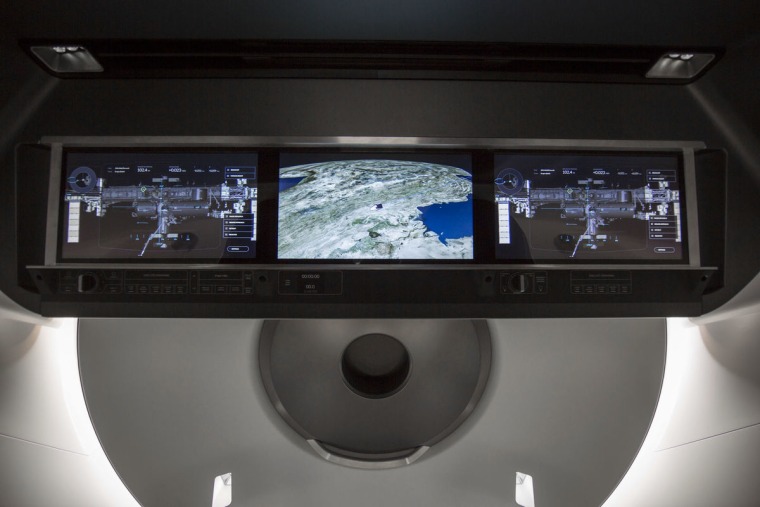
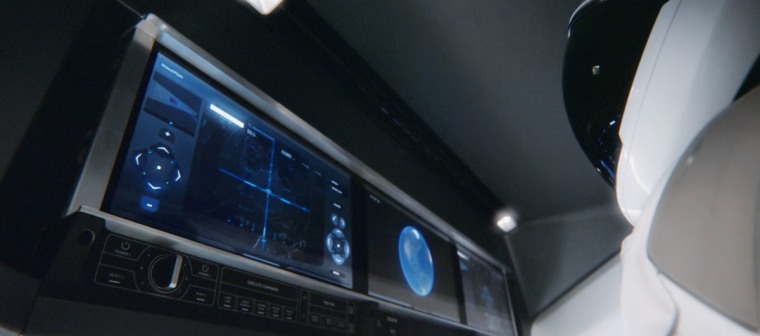
But will the mission really come off as planned? Some experts have expressed doubts.
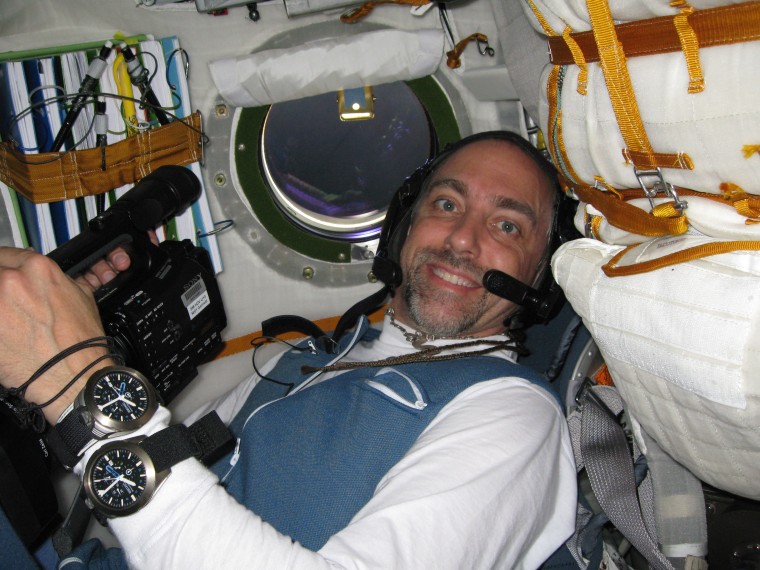
"Even with today's technology, it's still an extraordinarily difficult, extraordinarily dangerous task to undertake, period," Wayne Hale, a former manager of NASA's space shuttle program, told Space.com. And Dr. Mark Shelhamer, former chief scientist for NASA's human research program, told Gizmodo, "Getting to the moon is a lot harder than getting to the ISS."
Then there's the question of safety.
Jason David of the Planetary Society, an advocacy group in Pasadena, Calif., told the BBC, "Once you fire that rocket and head towards the moon, you can't turn around and go home so you are really kind of on your own for about a week with no one to come and save you if there is a problem."
But Garriott is more sanguine. While Crew Dragon is essentially an experimental craft, he said, its escape system for problems on launch and its "ballistic" shape should render the craft comparatively safe.
"I have great confidence in these systems," he said.

